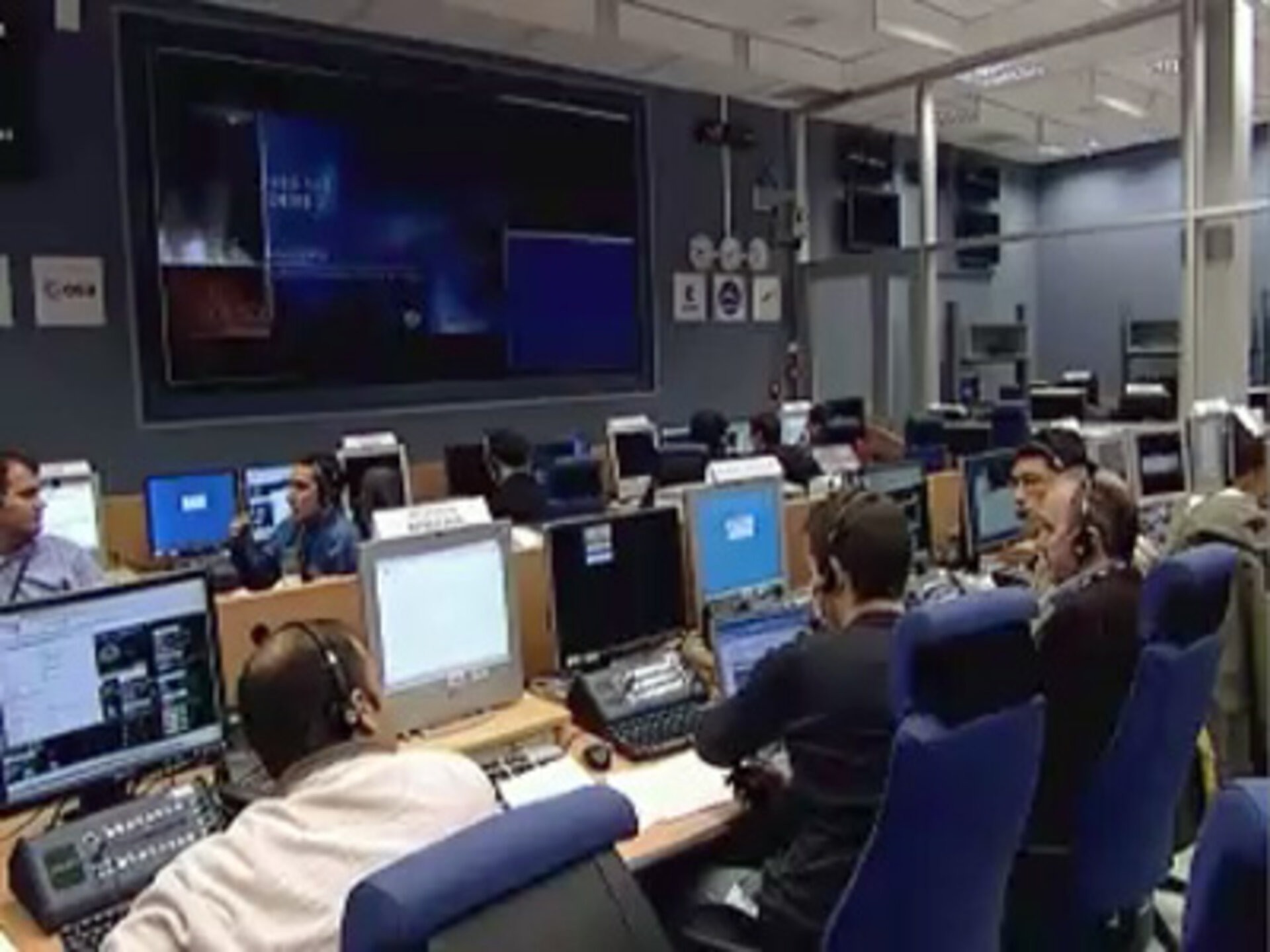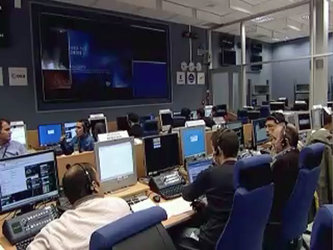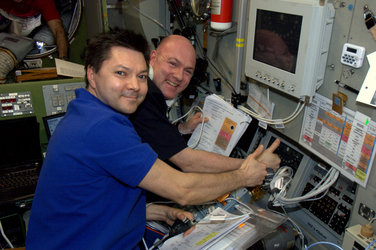Flight rules
Flight Rules were the primary operational guidelines for the ATV-CC Flight Director, who was responsible for conducting an ATV mission. For the entire ATV mission, Flight Rules described the decisions to take in different situations. This highly complex manual was not used by astronauts on the International Space Station. The few flight rules that required astronaut action were included in the Onboard Data Files, like a check list used by airline pilots.
There were two types of Flight Rules:
- ATV Flight Rules were specific to ATV when it was in free flight, before it navigated towards the International Space Station (before the so-called Proximity Operations). These were defined by ATV-CC in Toulouse.
- Joint Flight Rules for ATV mission phases that involved the Space Station such as rendezvous and docking (Proximity Operations, approach and departure) and attached phase operations (refuelling, reboost and transfers of air and water). All Joint Flight Rules were common to the three control centres: ATV-CC in Toulouse, Mission Control Centre in Houston, USA, and the Mission Control Centre in Moscow, Russia.
The Flight Rules were essential to assure the Flight Director that, when taking a decision, all cases had been studied in a safe and consistent manner. They limited the possibility to face a new scenario without knowing the highly complex implications. The Flight Rules were the result of year-long studies where combinations of failures had been envisioned and tested.
The Flight Rules covered the whole mission from countdown to ATV reentry and burn up over the Pacific Ocean. Flight Rules are simply rules, their implementation required the next step, called the Procedures.







